How to socialize your puppy – Tips for early puppy socialization
Early puppy socialization is a subject I’m passionate about. I see way too many dogs that have problems related to under-socialization. Reactivity, anxiety, hyperactivity, excessive barking, aggression, resource guarding, poor manners…and all of them can be attributable to some extent to under-socialization.
I feel like people don’t fully understand the concept of socialization. It’s kind of just a word they’ve heard bandied about, and they know it’s important, but then they procrastinate on it and they say things like “I’d like to do an obedience class, so my dog will learn to listen and, you know, for the socialization, too.” Like it’s an afterthought to learning sit and stay.
Believe me, nothing — NOTHING — is more important than socialization. I want to help you understand why it’s so critical and how to do it constructively. We’re going to look at the research, talk to some veterinary professionals, and give you a list of power tips to get out there and socialize like a boss.
You can also skip to the parts you want by checking the time stamps in the description.
DEVELOPMENTAL PERIODS
Our discussion begins with the 1965 book, Genetics and the Social Behavior of the Dog by John Paul Scott, and John Fuller. This volume collects 20 years of research and is still one of the most comprehensive references for canine behavior. Science since then has tweaked and shifted its findings somewhat but the overall scaffold they developed has remained pretty much intact.
Scott and Fuller helped us understand that puppies have well-defined periods of development and that what happens—or doesn’t happen—during these periods have a tremendous impact on the rest of their lives. For the common puppy owner that means we have some crucial deadlines to meet:
- Socialization with People should be completed by about 12 weeks of age
- Bite Inhibition and Socialization with Dogs by about 18 weeks of age
- Preventing adolescent problems should be full steam ahead by five months
From the time you bring your puppy home to between 4 and 6 months is probably the most important span of time you’ll have with your dog, greatly impacting the dog they’ll ultimately grow up to be. Do not underestimate the need for life experiences and positive socialization during this time, and do not isolate your dog.
BUT WAIT? WHAT ABOUT VACCINES?
Now, here’s where we usually start getting a little pushback. A lot of owners isolate their dogs because of the possibility of infectious diseases. There’s a prevalent and outdated notion that we cannot socialize our puppies until they’re completely vaccinated which in some cases might not be until they’re 5 or 6 months of age.
This is misguided and potentially disastrous. By then you’ve already missed the most critical periods for socialization. So how do we strike a balance? Well, between those two things—the need for socialization and being cautious about disease—there is a radical middle ground.
To help out I interviewed a couple of our local vets at Lake Road Animal Hospital here in Elmira, New York. We talked with Dr. Mike Brennen, the medical director and owner of Lake Road Animal Hospital, and Dr. Kathy Hughes, who’s been a veterinarian “longer than most people here have been alive,” (note: the entire interview is available at the bottom of this post). 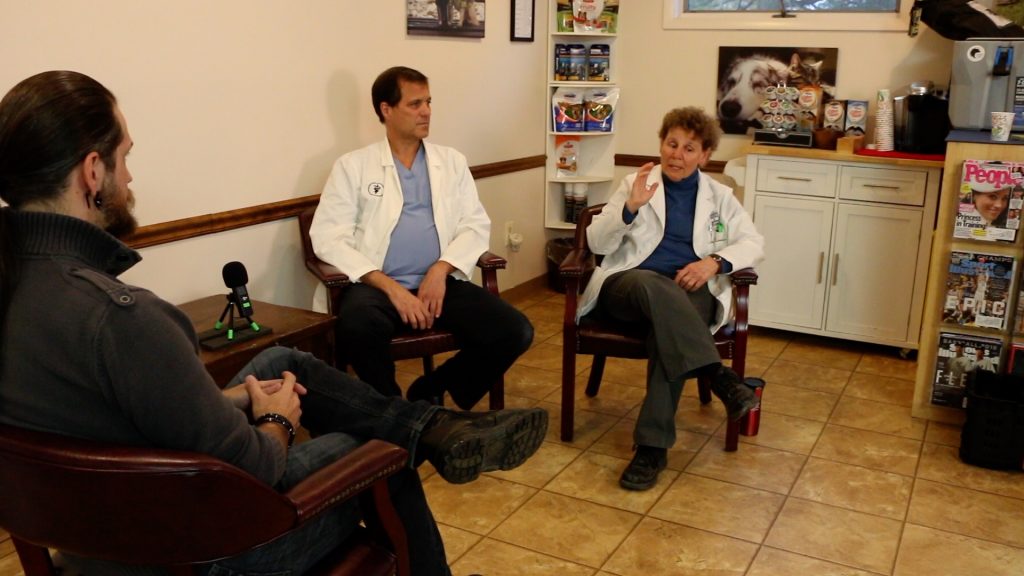 Dr. Brennen started out by saying:
Dr. Brennen started out by saying:
“You know, I think in general veterinary medicine… go back 20, 30 years and I think the recommendations were wait until they’re fully vaccinated. Fully vaccinated at about 4 months of age. I think certainly the behavior community and most veterinarians have changed that thought, just because of your point. Socialization in our puppies starts probably 6, 7 weeks of age and is really shutting down at 14 weeks of age. So if we’re waiting until then we’re really missing an opportunity to create confidence, well developed, well behaved animals.”
Dr. Hughes added to that a moment later saying:
“But I also tell people…you know, I have people come in: ‘The breeder told me, you know, this puppy can’t go see any other dogs until it’s four months old’ or whatever it’s like, that’s just really wrong. You know, as long as your dog has got a half-decent immune system and the vaccines are given appropriately and at the right times, you need to get ’em out and you need to get ’em around people, other dogs, strange places, every place you can think of to go and every other place you can think of to go.”
AN OPEN LETTER
But don’t just take their word for it. Dr. R.K. Anderson who is both the Diplomat for the American College of Veterinary Preventive Medicine and the Diplomat of the American College of Veterinary Behaviorists recommends that puppies attend early socialization and training classes as early as 8 or 9 weeks of age. He’s posted an open letter on the website for the Association of Professional Dog Trainers where he asserts that:
“Experience and epidemiologic data support the relative safety and lack of transmission of disease in these puppy socialization classes over the past 10 years in many parts of the United States. In fact; the risk of a dog dying because of infection with distemper or parvo disease is far less than the much higher risk of a dog dying (euthanasia) because of a behavior problem. “
You can read Dr. Anderson’s full letter here.
POSITION STATEMENT
Likewise, the official position statement on Early Socialization by the American Veterinary Society of Animal Behavior, says that:
“The primary and most important time for puppy socialization is the first three months of life. During this time puppies should be exposed to as many new people, animals, stimuli and environments as can be achieved safely and without causing overstimulation manifested as excessive fear, withdrawal or avoidance behavior. For this reason, the American Veterinary Society of Animal Behavior believes that it should be the standard of care for puppies to receive such socialization before they are fully vaccinated.”
You can read the full AVSAB Position Statement here. OK, so we know we need to socialize our puppies because the clock is ticking, BUT it should be protected socialization. How do we do that? Well, here are the power tips you’ve been waiting for!
SOCIALIZATION POWER TIPS
Socialization’s driving goal is to provide a puppy with as many positive experiences as possible in the widest variety of environments as soon as possible. This will assure maximum confidence and stability later in life.
Move Quickly, but don’t be cavalier.
Your puppy’s first shot is usually given by the breeder at around 6 weeks. Most people bring their puppy home around 8 weeks, and you should start socialization right away. At this time you can take your puppy to puppy classes, but be cautious about other kinds of exposure until the second vaccine. Dr. Brennen explains:
“General public places, so, meeting grounds with the parks and those sorts of things. What I said about their first round of shots, that’s not what I’m talking about. I’m talking about a structured environment that you’re gonna provide [Puppy Classes], and you’re sure everyone else has had their shots. Going out to the parks and in the general public…I like to see at least their 12 week. The 12 week is probably the most important vaccine our pets are gonna get. Most dogs are gonna convert at that point. So after that vaccine I’m more comfortable with them getting a little more worldly.”
Lots and lots of Classical Conditioning will be the game.
You don’t need to be a behavioralist or Applied Psychologist to do it. Just do it in this order: stimulus, followed by food or play. In that order. A person with a hat appears–feed. A loud truck goes by–feed, feed, feed. The food isn’t a distraction; it’s programming a positive emotional response. Couple this with play, petting, praise…the whole nine yards. We have talked about the power of Classical Conditioning on several occasions. Take a look at our article to learn more.
Socialization is an ongoing process.
It’s happening whether you want it to or not (for good or bad). Be aware of your dog’s experiences, or lack of experiences. Pay attention because they’re learning all of the time. If you do nothing, you have no control over what your puppy is learning. Take the wheel and steer that ship!
Socialization is not necessarily direct interaction.
You don’t have to be nose to nose or toe to toe; it can simply be good experiences in proximity to new stimuli. Novelty is the game. Make new things seem awesome. Play with your pup, feed your pup, and let them have positive experiences around people, dogs, and environments. This is called Protected Socialization.
This means that you can avoid, or work at greater distances from things you can’t control. This includes dogs you don’t know, people you don’t know, and people who won’t listen to your wishes. OR, things that you want to expose them to, but may be too intense at close range. Don’t force a fearful puppy to interact. Gain some distance, get them under threshold, and continue the work. Even if you just sit on a park bench and eat lunch together, this is powerful stuff.
You need exposure to multiple people.
Your puppy should have met at least a hundred different people by the time they’re three months old. Many of them should handle the dog, hand feed the dog, and do easy and fun little training exercises provided they will do it the same way you do.
You need exposure to multiple dogs.
Your other dogs, or your sister’s dogs that visit once in a while, or your neighbor’s dog they play with are not enough. As Dr. Hughes said in our interview:
“I commonly hear people say, you know, like ‘Oh he’s around a lot of other dogs. My brother has two dogs, and they come over to play all the time.’ Or, you know, ‘My mother-in-law, we take them over to my mother-in-law’s.’ And it’s like, well good they’re socialized to one family and two dogs. That’s not gonna cut it in real life, you know? And it’s really hard to get that concept through to some owners. And it doesn’t matter if they have a pure-bred dog, or a mixed breed dog, or they got it at the shelter or whatever. I think it’s hard to get people to grasp that concept of how important it is to get them off the property, strange people, strange places, that sort of thing.”
Puppies should interact mostly with other puppies around their own age.
After all, we don’t raise babies in boardrooms; we send them to Kindergarten. This is the most efficient system for teaching bite inhibition, social skills, and confidence. This is also an opportunity to help your dog learn to engage with you around competing motivators.
Well-structured, off-leash Puppy classes are fantastic opportunities for high-density socialization. A good class will allow supervised, functional socialization while integrating it with the training. Clean facilities where other vaccinated dogs come are perfectly safe, although many vets recommend that you carry your dog in parking lots as they are pretty filthy. Carry your puppy into puppy school, but once there, allow them to play freely.
If you’re local, come to one of our Puppy Classes for exactly this kind of socialization and training!
Puppies should also have interactions with friendly adult dogs too.
These dogs should be social but not too overbearing or permissive. These “neutral” older dogs will help round out those social skills.
Avoid dog parks. There is no pathogen control on the grounds, no mandatory vaccinations for the older dogs, and no way to screen the temperament or experience of the other dogs, or the owners for that matter. In my opinion, they’re a hot mess. Save those for later, if ever.
While dog-to-dog interaction is a necessary component, the caveat is that too much of it can make them overly preoccupied with other dogs. Let them have experiences with other dogs, but don’t let them become dysfunctionally obsessed. Keep them engaged with you, and break up play sessions every few minutes for mandatory settle downs and small training “breakout sessions.”
Your puppy also needs good experiences in a variety of places and environments.
Think about having protected exposure to traffic, crowds, construction, automatic doors, etc. Don’t take anything for granted. Carry food in your pocket, and use it to do your Classical Conditioning.
Work to develop strategies tailor-made for your dog’s individual temperament.
Don’t overwhelm them, but definitely challenge them. In this vein, you should also design experiences to zero in on your puppy’s weaknesses; if your dog is weird about your tile floor, or your neighbor’s leaf blower, for example, these are places to divert your energy. Pay attention and don’t expect your dog to grow out of it. Dogs don’t tend to grow out of things, they tend to grow INTO things. Take the wheel and steer that ship. Speaking of which…
Vet visits are a common trouble spot for dog owners.
Be proactive and guide your dog on this too. Make an appointment to introduce your puppy to the staff and the doctor without any procedures. Classically Condition surfaces, the scale, exam tables, and equipment. If your puppy is uncomfortable, don’t force it. Do some protected socialization and ease into more later.
IN CLOSING
Socialization doesn’t end with the end of puppyhood! You should absolutely pay special attention in the early periods but definitely continue into adulthood. Dogs can de-socialize with isolation, so keep getting your dog out to have experiences or it will unravel. A lot of bad behavior is rooted in insecurity caused by under-socialization.
By 8-10 months of age annoying adolescent behaviors will be in full swing, so short-circuit these with good socialization! Having that solid foundation often prevents many behaviors, or at least makes them much easier to deal with in a shorter time frame. All right puppy owners, I hope this has lit that fire under your ass to get out there and get to work on your socialization. Do not waste time and opportunity.
Now, questions for you: what has your socialization regimen been like? What have been your challenges, how did you overcome them, and what questions do you have? Let’s connect in the comments.
As always, keep learning, keep practicing, and we’ll see you next time. Thanks for looking!
RESOURCES
See the entire, unedited interview with Drs. Brennen and Hughes:
Some of the links below are affiliate links. These won’t cost you anything, but the commissions we may earn through them help offset the cost of dog treats. Thanks for your support!
- Scott & Fuller’s book, Genetics and the Social Behavior of the Dog
- Dr. Ian Dunbar’s book, Before and After You Get Your Puppy goes into detail on these things. We have it available here on our site for free on our Downloads page. You can also get a hardcopy on Amazon if you prefer.
- Dog Star Daily also has excerpts from the book as well as a ton of more material from Dr. Dunbar.
- We also really love Dr. Sophia Yin’s book, The Perfect Puppy in 7 Days Lake Road Animal Hospital and Kennels.
- Take a look at Simpawtico’s Puppy Training playlist on YouTube.


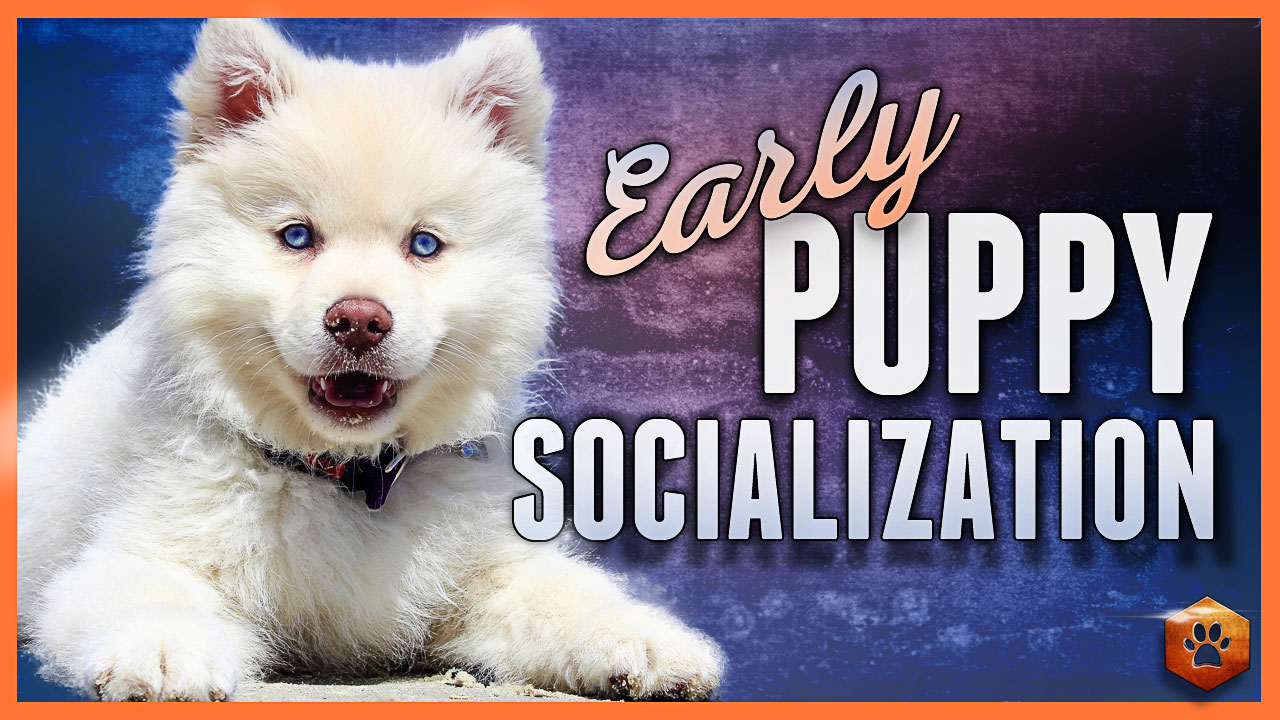
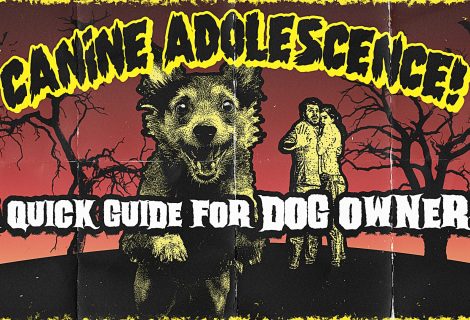
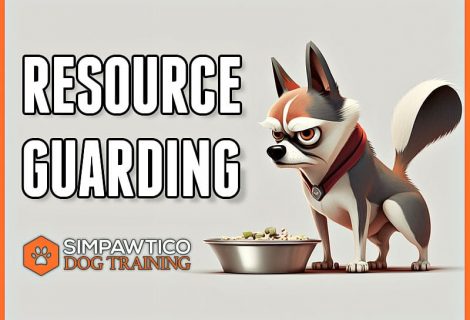


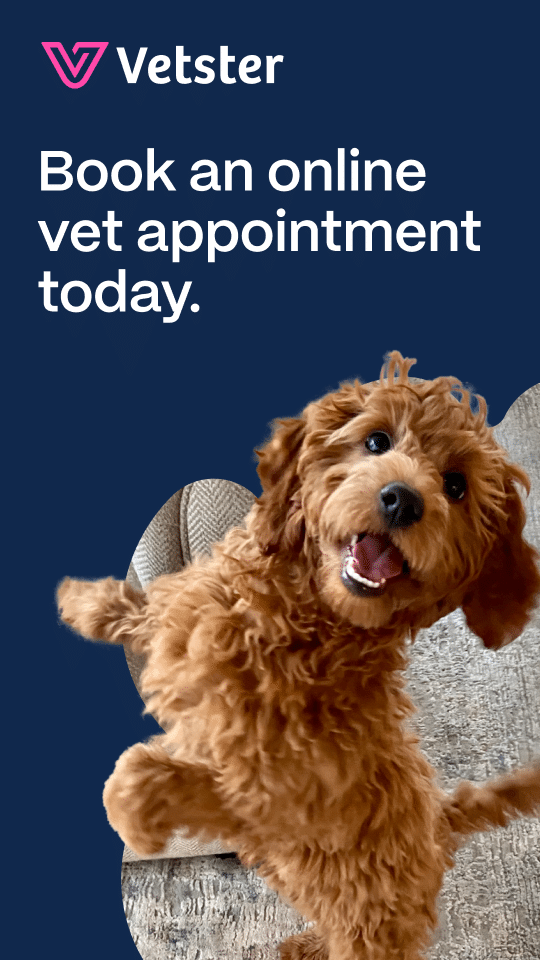

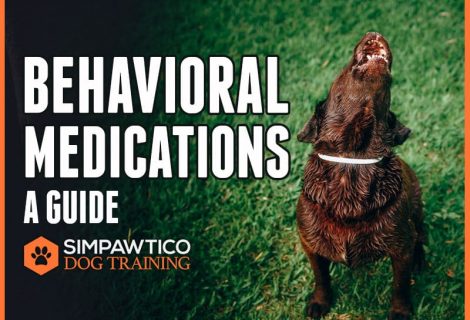
Trackbacks for this post